Photography Exhibition
FotoFest's I Am A Camera highlights unforgettable photographs of LGBTQ communities around the world
With the monumental U.S. Supreme Court ruling to legalize same-sex marriage taking place just last month, there's really no better time for a massive exhibition that focuses on LGBTQ communities around the world, skillfully documented by those living within them.
Featuring 225 images, the works span decades, with some dating back to the gay liberation movement of the 1970s.
I Am A Camera, the latest exhibition from Houston-based photographic arts and education organization FotoFest, features works from nine artists who hail from the United States, United Kingdom, India, France, Germany and Russia. Although the unifying premise for the exhibition is to illustrate LGBTQ communities from within, each artist effectively conveys his or her unique vision.
According to FotoFest executive director and exhibition curator Steven Evans, I Am A Camera was in development for nearly two years. Featuring 225 images, three video works and an installation, the works included in the exhibition span decades, with some dating back to the gay liberation movement of the 1970s.
"I think there will be a range of reactions here, from aesthetic reactions to people who will be challenged by some of the content in the work," Evans says.
Four of the nine artists included in the exhibition — Sunil Gupta, Paul Mpagi Sepuya, Anna Charlotte Schmid and Charan Singh — attended the I Am A Camera opening last week. Prior to the opening night reception, I had the opportunity to speak with them about their work.
With nearly four decades of his work featured in the exhibition, Indian-born Gupta has been using photography to explore the concept of gay public spaces since the 1970s.
Gupta's black-and-white documentary photographs were "about creating a public space for gay men, specifically in this country."
His inaugural series of images, Christopher Street (1976), was shot in Greenwich Village during his first years in the United States. Capturing an historic moment in time for the LGBTQ community, Gupta's black-and-white documentary photographs of members of the community were "about creating a public space for gay men, specifically in this country."
With Exiles (1986-1987), shot in Gupta's hometown of Dehli a decade after Christopher Street, his intention was "to give a vision to some kind of notion of gay Indian men in India." In stark contrast to the men who casually laid claim to their community in Greenwich Village, the reconstructed images of the men in Exiles — usually shown with their faces obscured — manage to highlight the lack of a comfortable public space.
The most contemporary of Gupta's included series, Mr. Malhotra's Party (2007-2015), revisits Dehli's queer community decades later. "This is a contemporary reworking of (Exiles) where people feel more able — after 20 years — to become more visible," he says. "It's a kind of shift over time."
For his contribution to I Am Camera, Sepuya, who was born in California, created Studio Work (2010-2011), a thoughtfully-crafted installation mimicking the artist's work environment. The installation includes a selection of minimalist portraits of people belonging to Sepuya's social sphere, all taken in his studio while working as the artist-in-residence at the Studio Museum of Harlem.
"If there's anything that I want the viewer to take away, first, it's just pleasure."
In addition to Sepuya's portraits — which exist without considering the sexual orientation of the subject — the 'work space' includes stacks of photographs, books and other papers, evidencing the artist's own creative process.
"I tend to think more of process and how work is revisited and edited, maybe in a queer way, but the work isn't about particular queer identity of any of the subjects depicted, but it's all sort of within a queer space," Sepuya says.
"If there's anything that I want the viewer to take away, first, it's just pleasure. Then, the complication of being implicated within (the LGBTQ) system — regardless of the sexuality or gender of the viewer — that they also implicate themselves within that circuit of identification and looking and desire."
The 13 years Charan Singh has spent as a community activist working with HIV/AIDS organizations in his home country of India serves as a powerful influence in his photography. "For me, it was kind of a process to document our own histories and our own desires," he says. "I want to tell a story about my own community."
"I want to tell a story about my own community."
His series, Do I Know You? (2015), is comprised of photographs reenacting a real-life relationship between two men, one that tragically ended in the death of one of the men. The series, as well as Singh's body of work, is formed by India's cultural milieu and the artist's desire to highlight and challenge established notions about class, gender and sexuality.
Kothis, Hijras, Giriyas and Others (2013-2015) is a series of individual portraits, named after the specific indigenous terms used to personally define the particular sexual identities of queer and transgendered men in India.
"When the HIV crisis came and drew people to start working in India or other countries in southeast Asia, they couldn't think of what to name this group of people so they put everyone into one category," Singh says. "They had various identities of their own, but people didn't understand. That's why the title of my exhibition is Kothis, Hijras, Giriyas and Others because they were the categories before 'gay' existed. So I'm trying to go back to that idea and how those identities came about and what those identities are."
German-born photographer Anna Charlotte Schmid uses her lens to raise important questions about self-identity and one's ability to feel comfortable — or uncomfortable — because of it. With The Other Side of Venus (2011-2013), Schmid's carefully-staged portraits of young men living in Eastern Europe denote the insecurity of post-pubescent life in countries where 'otherness' can be dangerous.
"My work is about visualizing the secret longing of the people I photographed."
"My work is about visualizing the secret longing of the people I photographed and it's also for them to have a chance to show it in many places because being different in the countries where I've shot is very difficult," Schmid says. "It means discrimination, especially in a country that was always under the control of the government."
---------------------
In addition to Gupta, Sepuya, Singh and Schmid's contributions, works by artists Zackary Drucker and Rhys Ernst, Lindsay Morris, Frédéric Nauczyciel and Irina Popova are featured in FotoFest's comprehensive exhibition.
I Am A Camera is on view Wednesday through Saturday from 11 am to 5 pm, through August 29 at FotoFest’s exhibition space at 2000 Edwards Street.
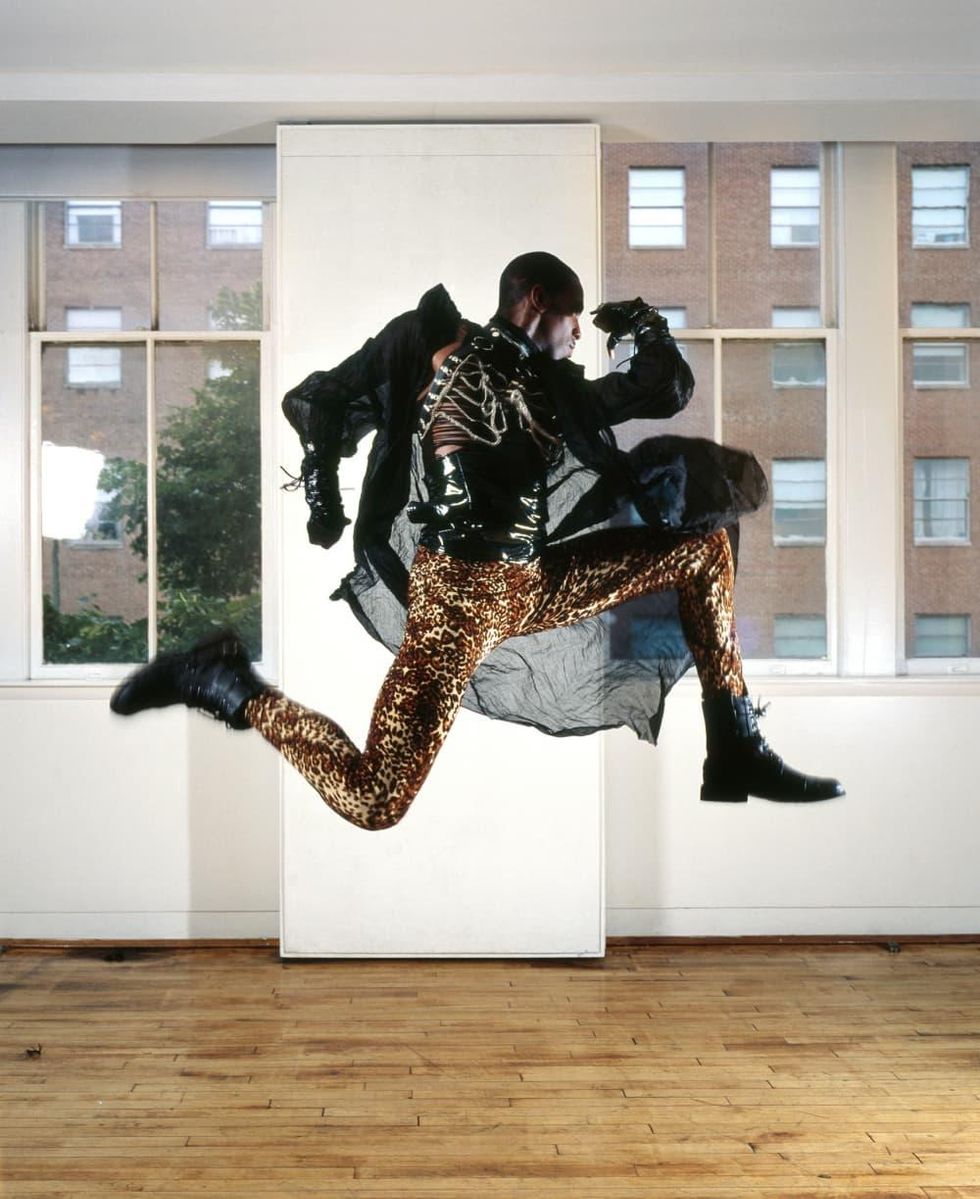
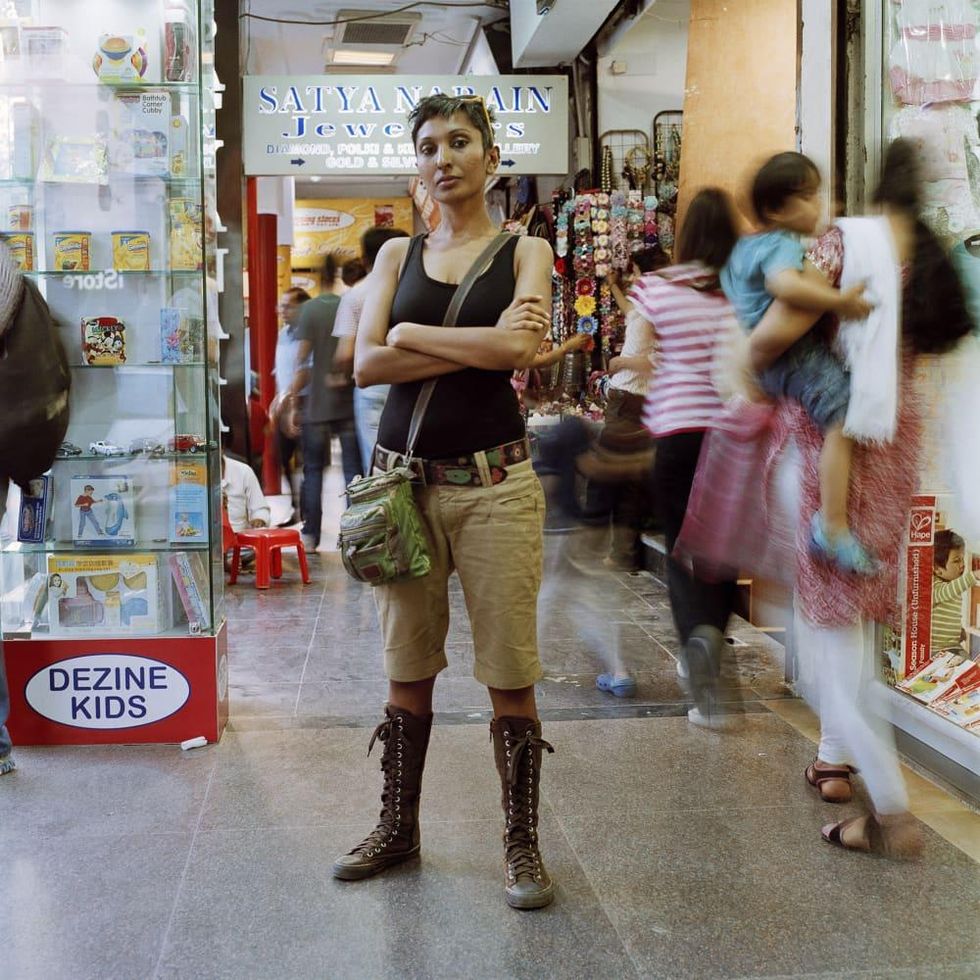

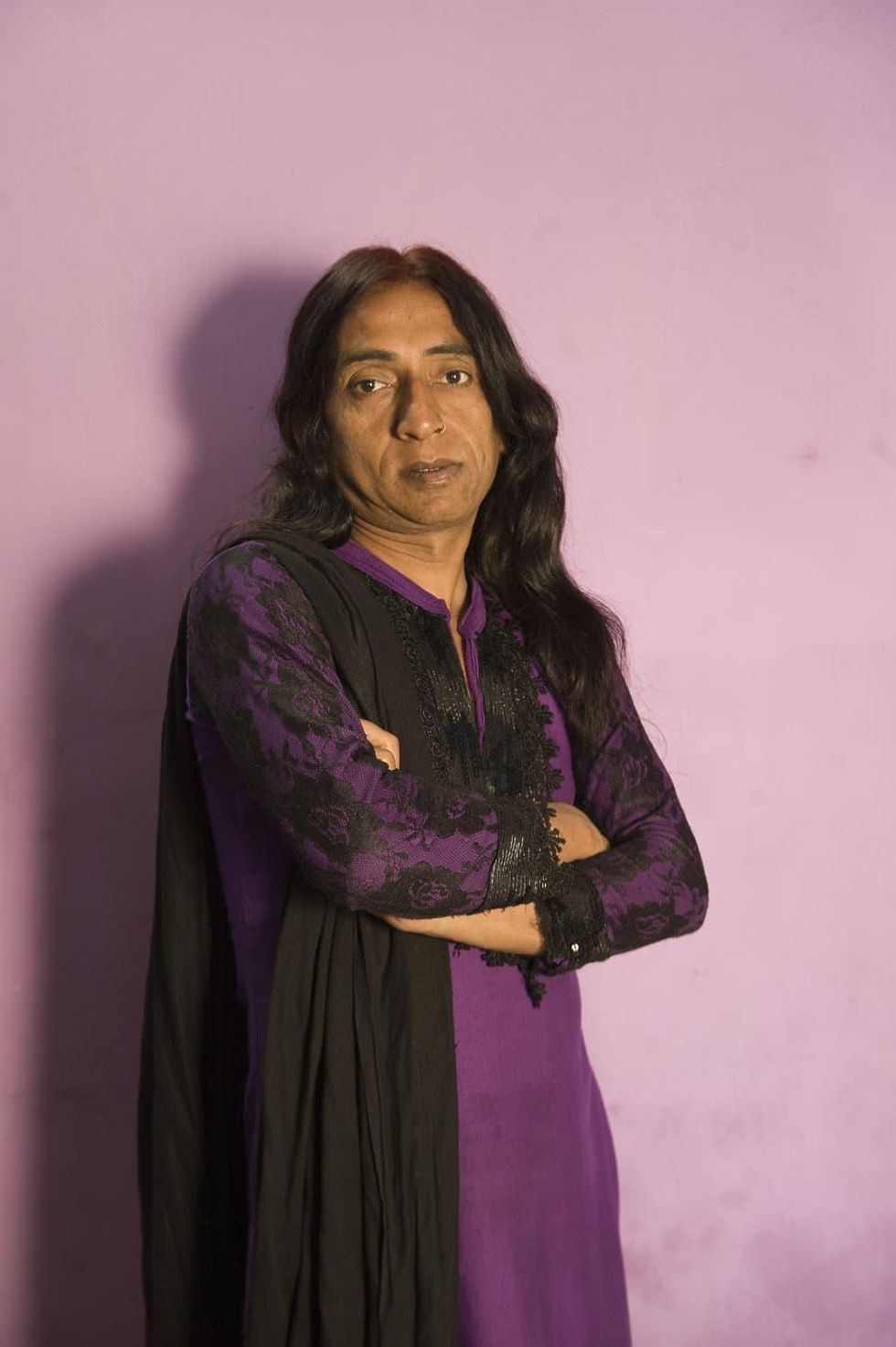
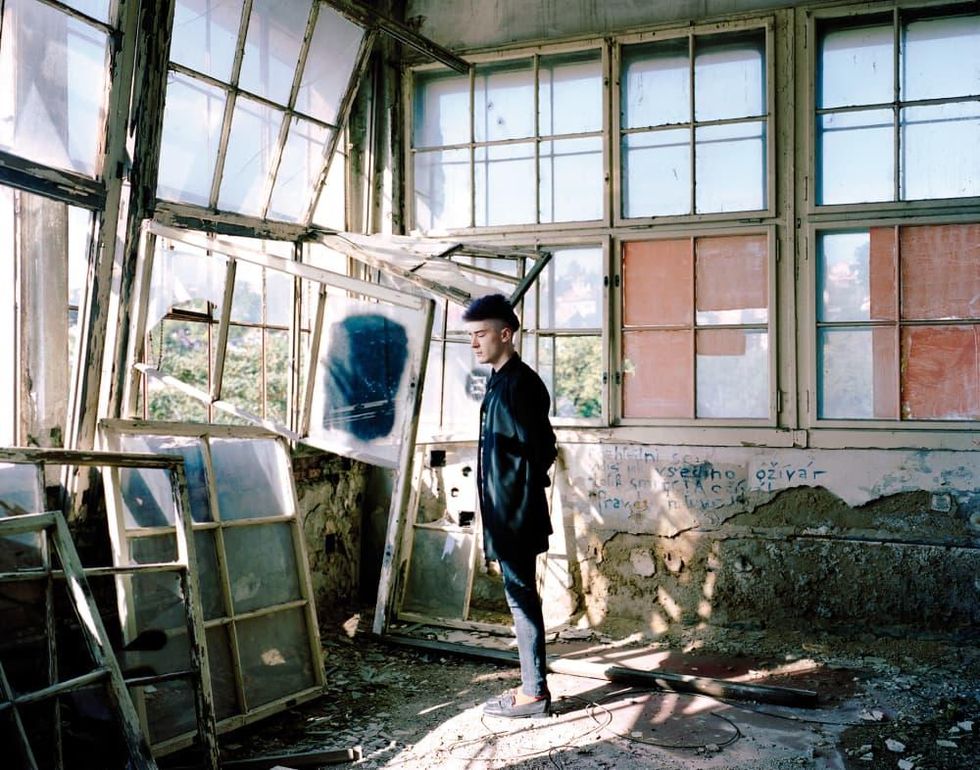

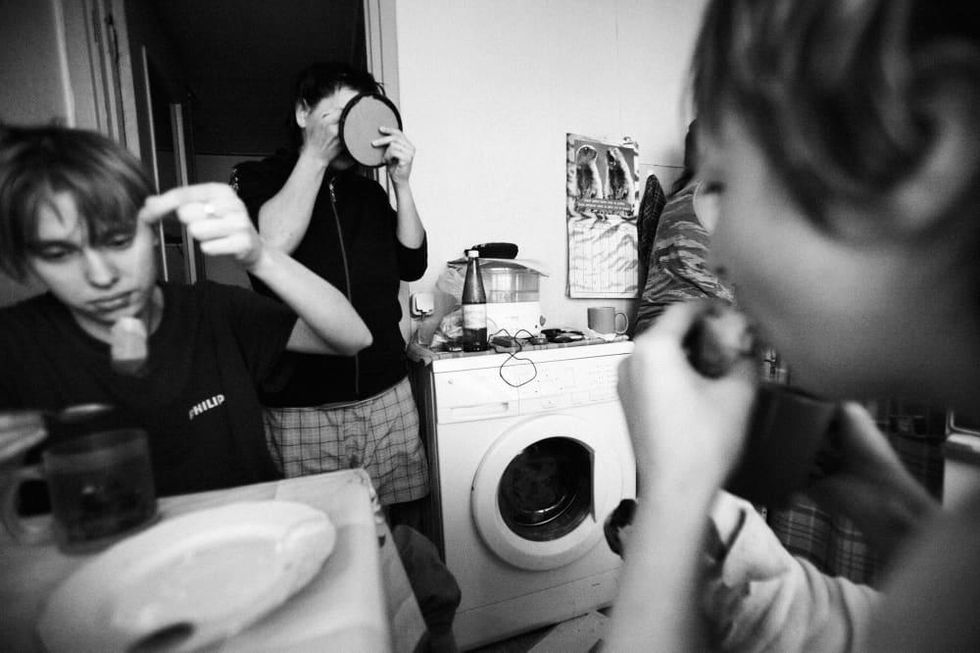

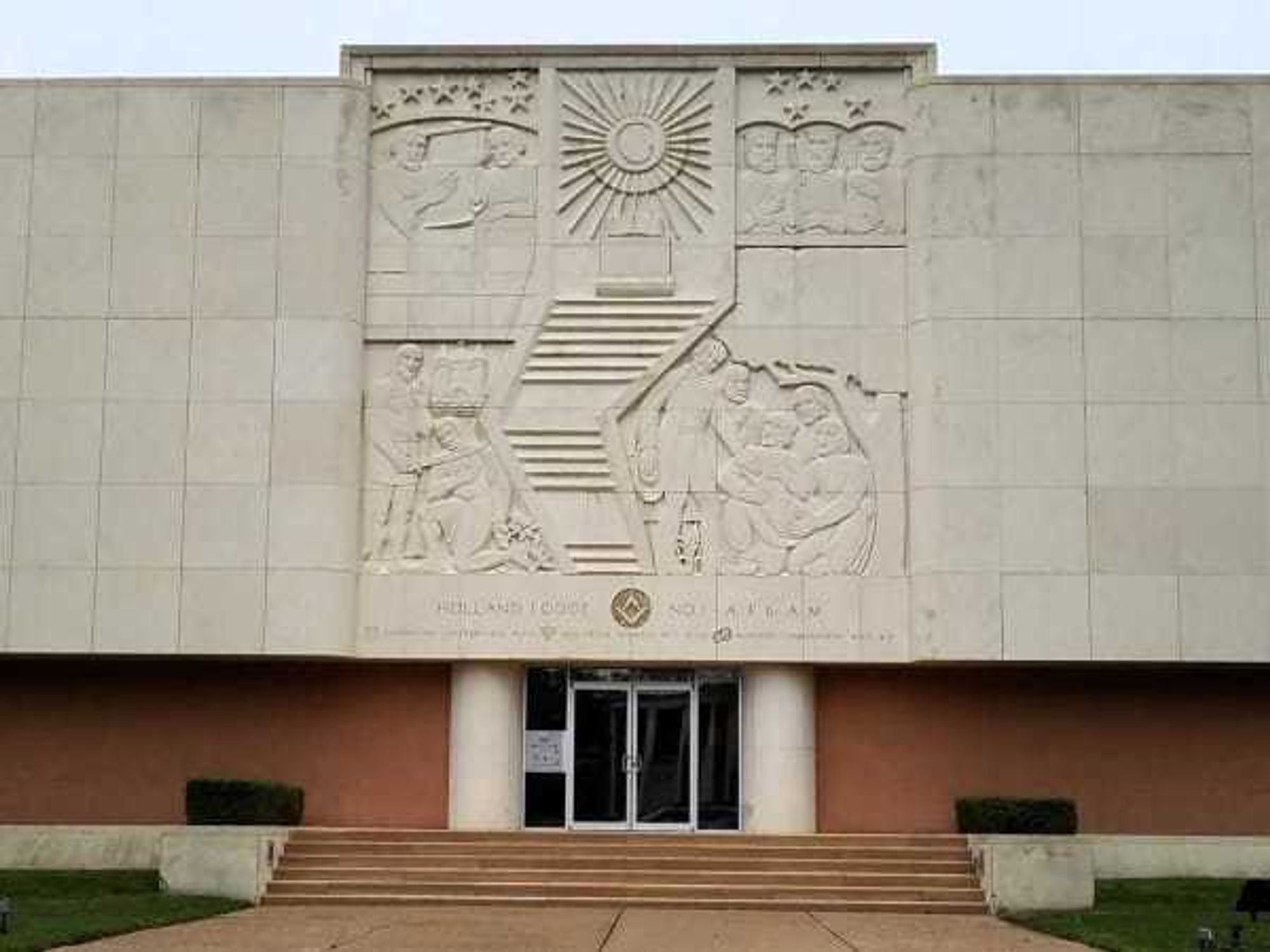
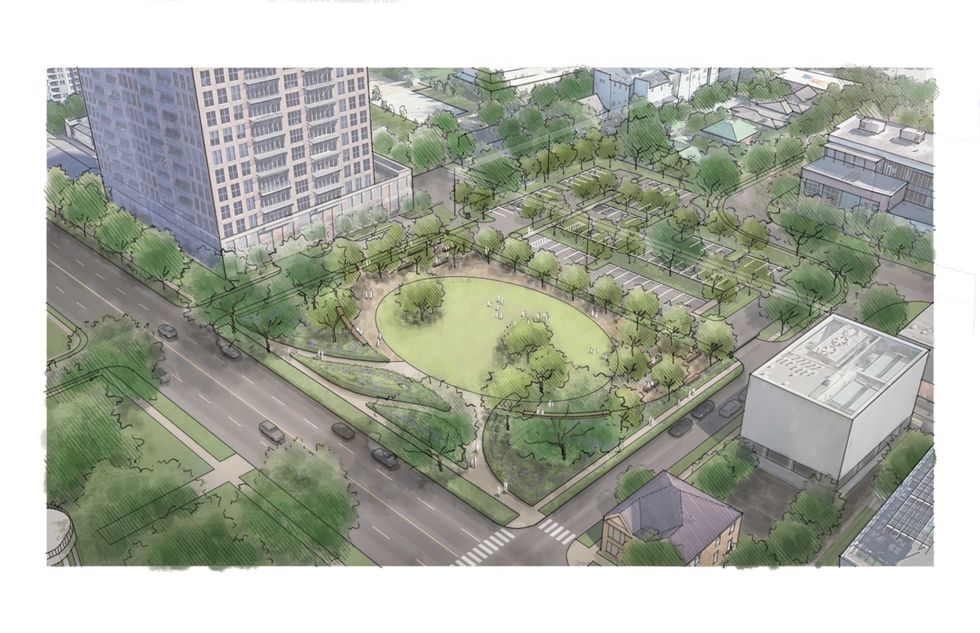 A rendering offers a bird's-eye preview of the new greenspace.Image by by Cong Nie/Courtesy of Museum of Fine Arts, Houston
A rendering offers a bird's-eye preview of the new greenspace.Image by by Cong Nie/Courtesy of Museum of Fine Arts, Houston